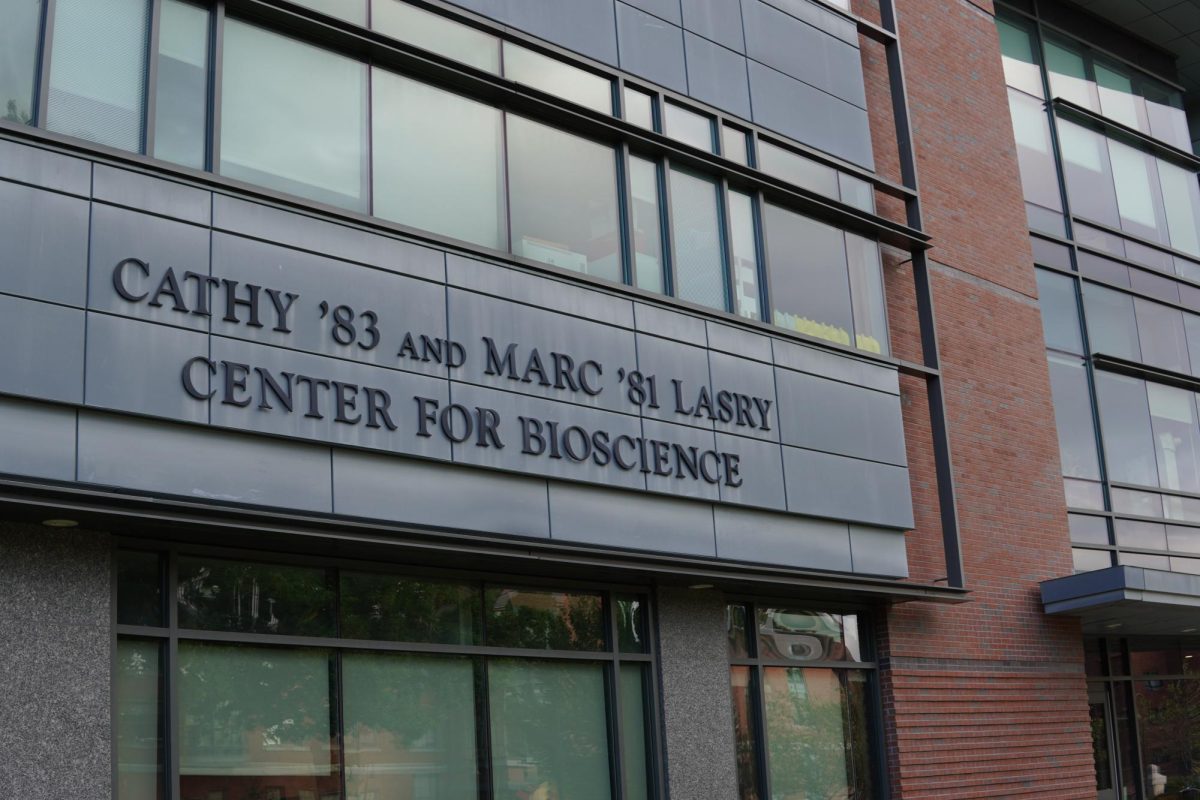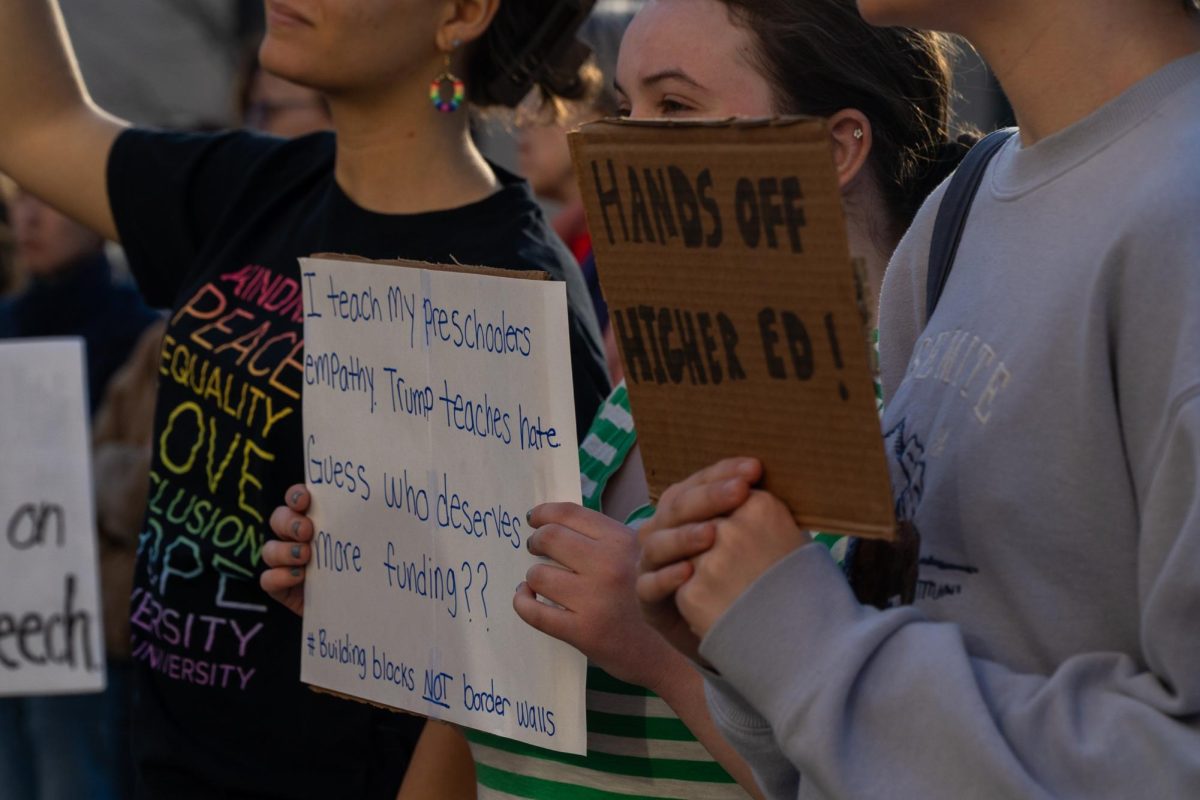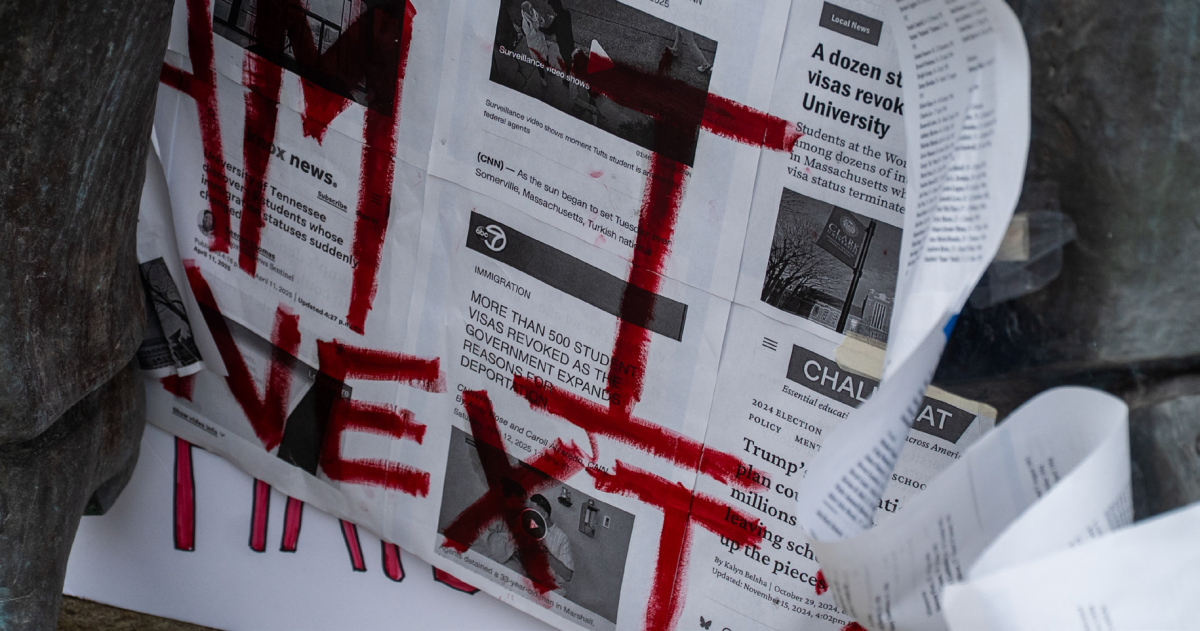A February 26 email from Vice President for Information Technology and CIO Joseph Kalinowski announced that all Clark University buildings accessible by student OneCard will, effective March 26, no longer be accessible during certain hours without a OneCard.
Most campus buildings require a OneCard to enter during evening hours, but academic buildings are currently unlocked and open to the public during the day. This policy will close buildings to those without OneCards with the exception of the Academic Commons (AC) at Goddard Library, the Higgins University Center and the Shaich Family Alumni and Student Engagement Center (ASEC).
The AC will remain unlocked during the daytime and be accessible by OneCard 24 hours a day. Higgins will be open from 7:00 a.m.-7:00 p.m. daily, and will be accessible with ClarkID until 12:00 AM. ASEC will be unlocked during Campus Store hours. All campus buildings will be accessible by OneCard from 7:00 a.m.-11:00 p.m.
Vendors such as WBMason, Ready Refresh, ProShred and FloTech will have continued access to campus buildings.
“This change will enhance the security of campus buildings and implement a common practice for universities like Clark,” Kalinowski wrote.
The Scarlet spoke with Kalinowski to learn more about this new policy. Kalinowski said that University Police (UP) offered the idea of reducing building access to the public several times over the last few years, but these discussions were reignited among members of UP, Facilitiesand Kalinowski as a representative of the ID Office in November of 2024.
“There were some incidents in certain buildings on campus where there were members that were outside the Clark community going into the building and causing damage,” Kalinowski explained. “A group of us…were pulled together to have a conversation about, okay, what can we do to help prevent and help stop this damage?”
As a result of these initial conversations, the Center for Media Arts, Culture, and Design (C-MACD) became thought of as a “pilot building.” Access to C-MACD has always been limited, Kalinowski said. OneCards are required for entry at certain hours.
Clark’s new policy was also developed based on research conducted on peer universities.
“We looked at the peer institutions that are in similar locations as ours,” Kalinowski explained. “So, like RISD, Brown or George Washington University, and they all have similar sorts of policies where you require a…credential to get into their buildings.”
Kalinowski added that systems are already in place for students with physical disabilities to access campus buildings with their OneCards. A student can present their badge to the door, and if their OneCard has a specific “flag,” the wheelchair accessibility button will activate independently, opening the door for the student.
For large events that require public access to buildings, student groups can consult the Events Office, the OneCard office or the given facility’s Building Access Manager for guidance.
“The major benefit is around campus security,” Kalinowski continued. “If someone comes into work, especially now in a lot of hybrid work modalities, there might not be a lot of people in the building and this provides an additional layer of security knowing that anyone that has walked into the building has presented their credentials upon entry.”
“This does not change the policy that Clark has around being a member of the Main South community,” Kalinowski concluded. “We’re not putting fences up, we’re not putting gates up, but we are better controlling access to the buildings…to protect the buildings, but also to protect the occupants of the buildings.”



